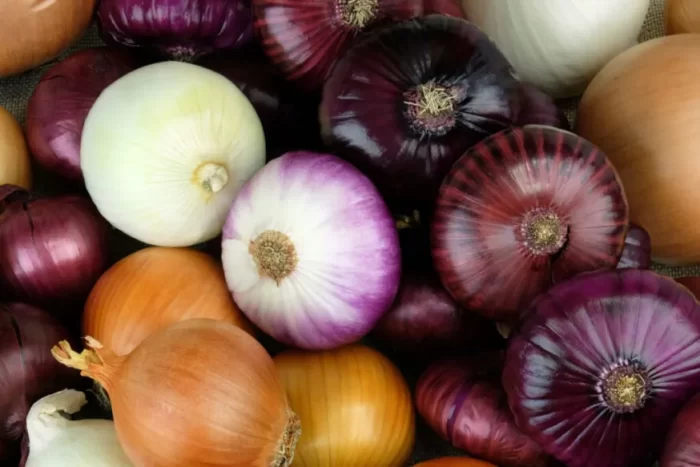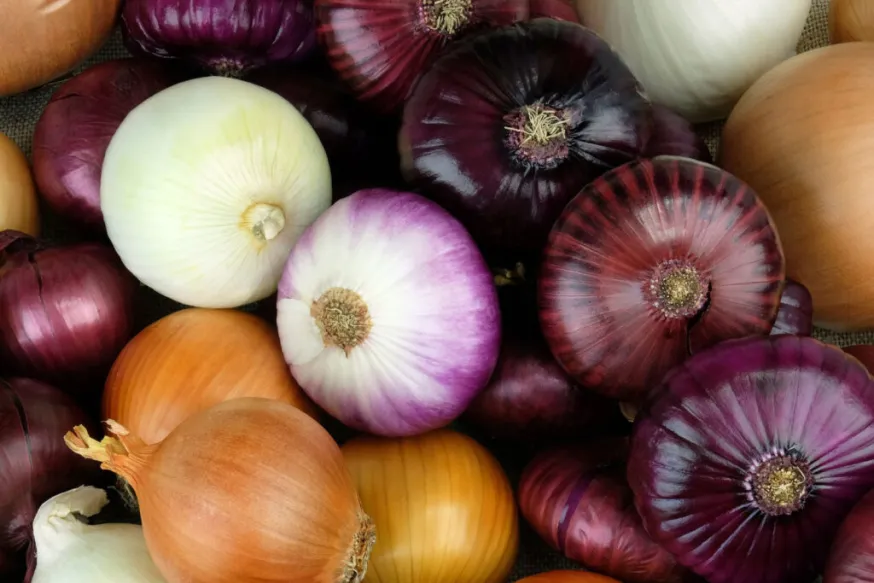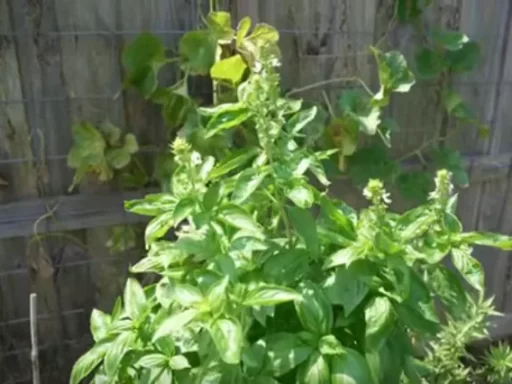As the chilly fall weather settles in along the Southeastern coast of North Carolina, many gardeners might think it’s time to pack up their tools and call it a season. However, this couldn’t be further from the truth. December presents a unique opportunity to plant several cold-hardy vegetables that can thrive even in the midst of winter. In this article, we will explore 13 vegetables you can still plant in December, and share some tips on how to protect them from the harsh winter elements.
Understanding Your Climate Zone
Before we dive into the specifics of which vegetables to plant, it’s essential to understand your local climate zone. The USDA hardiness zone map classifies areas based on their average minimum winter temperatures. In Southeastern North Carolina, the region has recently been upgraded to Zone 8B, allowing for a diverse range of gardening opportunities. However, many of these vegetables can be grown in significantly cooler climates, so don’t be discouraged if you live in a region with colder winters.
Vegetables to Plant in December
1. Garlic
Garlic is a winter powerhouse and one of the hardiest crops you can grow. It can thrive in temperatures as low as Zone 3. In fact, it often prefers the cold, as the chilling soil helps garlic bulbs develop properly. If you live in a colder climate, ensure the ground is still workable before planting.
For those in milder climates, like Zone 8B, it’s best to plant garlic around Thanksgiving weekend. To achieve the best results with hard neck varieties, you can store garlic bulbs in the refrigerator for about a month before planting. This mimics the necessary chilling process they require, allowing for better growth.
2. Bulbing Onions and Shallots

Timing is crucial when it comes to planting onions and shallots. These vegetables develop bulbs based on the length of daylight. If you plant them too late, they won’t develop enough greens for proper bulbing.
Choosing the right variety is also essential. For those in lower latitudes, short-day onions are the best choice, while long-day onions are suited for northern regions. Shallots, on the other hand, typically require long days to bulb correctly. However, varieties like ‘Davidson’ can do well even in the southern United States.
To ensure a successful crop, start your onion and shallot seeds indoors around Christmas. Aim to transplant them outdoors between Valentine’s Day and early March, allowing enough time for them to root and grow.
3. Leeks and Bunching Onions
Leeks and bunching onions are versatile vegetables that can be harvested for their green tops rather than their bulbs, making them less sensitive to day length. This means they can be grown year-round, which is excellent news for gardeners in various climates.
For example, the ‘King Richard’ leek variety is hardy enough to thrive in Zone 8 and can handle the cold of winter. In colder zones, consider ‘Blue Solay’ leeks, which can withstand temperatures down to Zone 4. Regularly stagger your harvest to prevent a glut of produce at one time.
Bunching onions can also be grown in the same way, providing you with a continuous supply of fresh green onions throughout the year.
4. Hardy Lettuces and Winter Spinach
In December, gardeners face not only the cold but also shorter days and weaker sunlight. Fortunately, hardy lettuces and winter spinach can thrive despite these challenges. These plants don’t require a lot of UV radiation to grow, making them ideal for the season.
Lettuce varieties like ‘Red Fire’ and ‘Marvel of Four Seasons’ are excellent choices. They are cold-tolerant and can produce a bountiful crop even when temperatures drop. Similarly, winter spinach can thrive in the cold, provided it’s planted in the right conditions.
When planting spinach, be cautious about the variety you choose. In warmer areas, opt for cold-tolerant types, while spring varieties may work best in cooler climates. In North Carolina, growing spinach in the dead of winter is often the most effective strategy to avoid the bolting issue that occurs in spring.
5. Additional Vegetables for December Planting
In addition to the crops mentioned, other vegetables that can be planted in December include kale, collard greens, carrots, and various types of radishes. These vegetables are known for their resilience against cold weather and can continue to grow well into the winter months.
Protecting Your Winter Garden
Even though these vegetables are cold-hardy, taking steps to protect them from extreme weather can improve your success rate. Simple DIY cold protection methods include:
- Row Covers: Use lightweight fabric to cover your plants, providing insulation while allowing sunlight and moisture to reach them.
- Mulching: Adding a thick layer of mulch around your plants can help retain soil warmth and moisture.
- Cold Frames: Constructing a cold frame can provide additional protection and warmth for your vegetables, allowing them to thrive even in lower temperatures.
- Hoop Houses: If you have the space, a small hoop house can create a microclimate that keeps your plants warm and safe from frost.
- Containers: For some vegetables, consider growing them in containers that can be moved indoors during severe weather.
Conclusion
Gardening in December may seem daunting due to the cold temperatures and shorter days, but with the right selection of vegetables and protection methods, you can enjoy a fruitful winter garden. From garlic to hardy lettuces, many crops thrive even in the coldest months. By understanding your local climate zone and implementing simple protective strategies, you can cultivate a thriving garden throughout the winter.
Frequently Asked Questions
- What vegetables can I plant in December?
- You can plant garlic, onions, leeks, bunching onions, hardy lettuces, and winter spinach, among others.
- How do I protect my winter garden from frost?
- Use row covers, mulch, cold frames, hoop houses, or bring container plants indoors during severe weather.
- What is the best time to plant garlic?
- In milder climates, plant garlic around Thanksgiving. In colder areas, it can be planted in late fall as long as the ground is workable.
- Can I grow onions and shallots in December?
- Yes, but it’s recommended to start them indoors and transplant them outside in late winter.
- What types of lettuce grow best in cold weather?
- Cold-tolerant varieties like ‘Red Fire’ and ‘Marvel of Four Seasons’ are excellent choices.
- How do I prevent bolting in spinach?
- Grow spinach in the winter months when temperatures are cooler, and choose cold-tolerant varieties.
- Is it worth planting in December?
- Absolutely! Many cold-hardy vegetables can thrive in winter, allowing you to maximize your garden space year-round.






